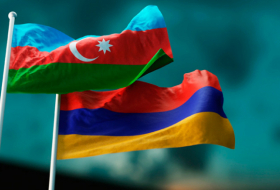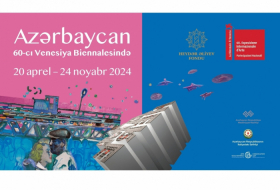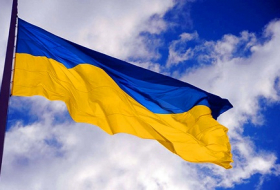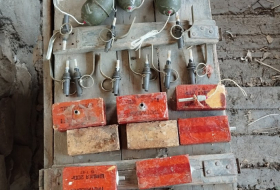"After your visit to Armenia and the occupied territories of Azerbaijan and just before your arrival in Azerbaijan, Armenia carried out another provocation against Azerbaijan at the contact line, which resulted in the death of one Azerbaijani soldier. The Azerbaijani army retaliated adequately as usual, and you know the result,” said the president.
“It’s no surprise to me because Armenia carries out such provocations on the eve of every significant event or your visits. We have witnessed this happen a couple of times—in 2014 and 2015—and now. They surely know that we will retaliate for any provocation done against our civilians or military servicemen,” he added.
Russian co-chair Igor Popov expressed gratitude to the Azerbaijani president for his opinions.
French Co-Chair Stephane Visconti, US Co-Chair Richard Hoagland and Personal Representative of the OSCE Chairperson-in-Office Andrzej Kasprzyk shared their views on the negotiation process.
The Nagorno-Karabakh conflict entered its modern phase when the Armenian SRR made territorial claims against the Azerbaijani SSR in 1988.
A fierce war broke out between Azerbaijan and Armenia over the Nagorno-Karabakh region of Azerbaijan. As a result of the war, Armenian armed forces occupied some 20 percent of Azerbaijani territory which includes Nagorno-Karabakh and seven adjacent districts (Lachin, Kalbajar, Aghdam, Fuzuli, Jabrayil, Gubadli and Zangilan), and over a million Azerbaijanis became refugees and internally displaced people.
The military operations finally came to an end when Azerbaijan and Armenia signed a ceasefire agreement in Bishkek in 1994.
Dealing with the settlement of the Nagorno-Karabakh conflict is the OSCE Minsk Group, which was created after the meeting of the CSCE (OSCE after the Budapest summit held in December 1994) Ministerial Council in Helsinki on 24 March 1992. The Group’s members include Azerbaijan, Armenia, Russia, the United States, France, Italy, Germany, Turkey, Belarus, Finland and Sweden.
Besides, the OSCE Minsk Group has a co-chairmanship institution, comprised of Russian, the US and French co-chairs, which began operating in 1996.
Resolutions 822, 853, 874 and 884 of the UN Security Council, which were passed in short intervals in 1993, and other resolutions adopted by the UN General Assembly, PACE, OSCE, OIC, and other organizations require Armenia to unconditionally withdraw its troops from Nagorno-Karabakh.
More about: #Ilham-Aliyev #OSCE
















































